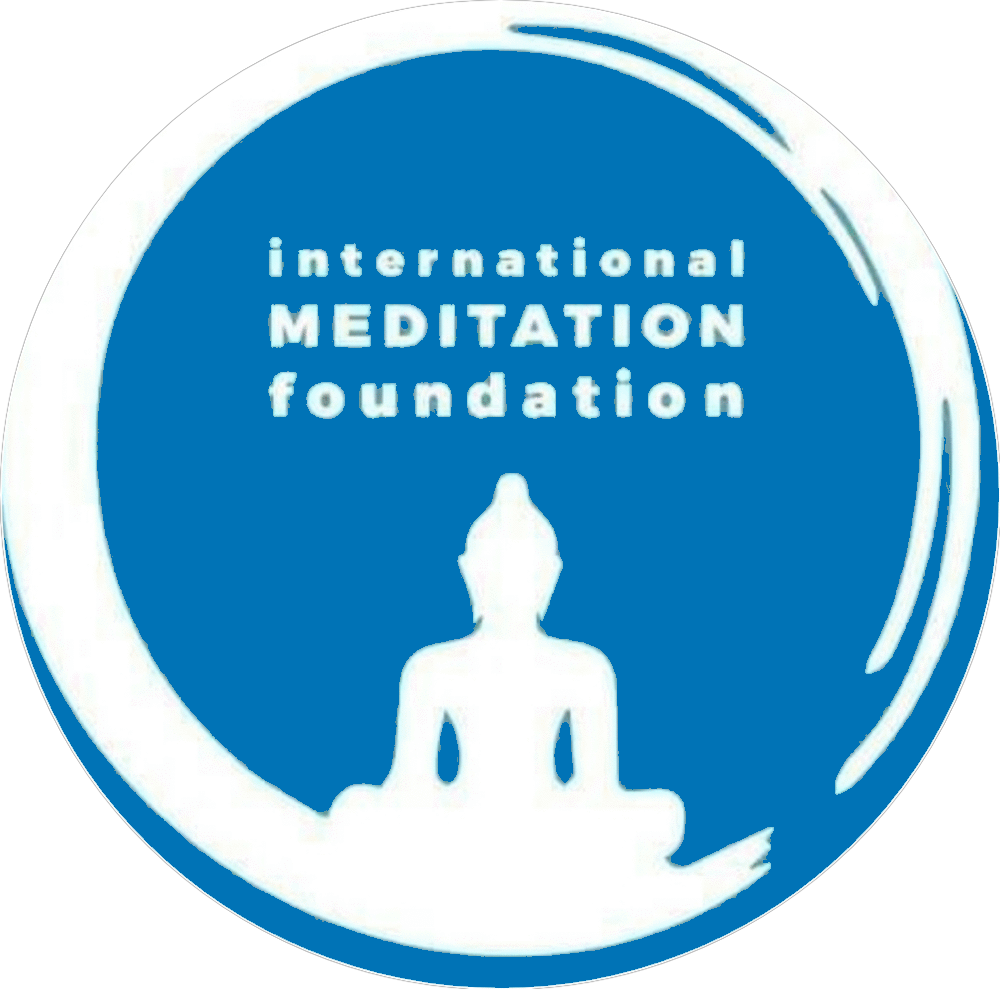Understanding Dhāraṇā: The Essence of Concentration in Yoga
For those seeking a one-pointed mind and enhanced focus, the concept of Dhāraṇā holds great significance. In the realm of yoga, Dhāraṇā refers to the practice of concentration, which is considered a stepping stone towards achieving a meditative state. While many may wonder if simply focusing on something is enough to be considered meditation, Dhāraṇā goes beyond mere concentration and encompasses a deeper understanding of the mind-body connection.
Beyond Wishful Thinking: The Path to Dhāraṇā (122)
Verse 122 from an unknown source offers a profound definition of Dhāraṇā:
- यत्र यत्र मनो याति ब्रह्मणस्तत्र दर्शनात्, मनसो धारणं चैव धारणा सा परा मता ॥ (yatra yatra mano yati brahmanas-tatra darśanāt, manaso dhāraṇaṁ caiva dharaṇā sā parā matā.)
This translates to:
“The steadiness of the mind through realization of the Truth, wherever the mind goes, is known as the supreme dhāranā (concentration).”
Here, true Dhāraṇā goes beyond simply focusing the mind on a single object. It’s about steadfastly recognizing the underlying Truth (Brahman), regardless of where the mind wanders.
From Doing to Being: The Transition in Yoga Practices
The initial yoga practices, from Yama (ethical restraints) to Pratyahara (withdrawal of the senses), involve active engagement (bahiranga) with the external world. Dhāraṇā, along with Dhyāna (meditation) and Samadhi (enlightenment), represents a shift towards being (antarañga). It’s not about forcing the mind to be still, but about gently guiding it towards a state of focused awareness.
The Essence of Dhāraṇā
Dhāraṇā involves the ability to direct and sustain one’s attention on a single point or object. It is the art of focusing the mind and preventing it from wandering. By training the mind to remain fixed on a chosen focal point, Dhāraṇā helps to cultivate mental clarity, stability, and inner strength.
Through Dhāraṇā, we learn to harness the power of our thoughts and channel them towards a specific goal. This practice allows us to develop a heightened sense of awareness and control over our mental processes. By concentrating our attention on a single point, we can quiet the mind and create a sense of inner stillness.
Practicing Dhāraṇā
The practice of Dhāraṇā can take various forms, depending on individual preferences and goals. Some practitioners choose to focus on an external object, such as a candle flame or a specific image, while others prefer to concentrate on an internal point, such as the breath or a specific mantra.
To begin practicing Dhāraṇā, find a quiet and comfortable space where you can sit undisturbed. Close your eyes and take a few deep breaths to relax your body and mind. Choose a focal point or object of concentration that resonates with you. It could be an image, a sound, or a sensation.
Once you have chosen your focal point, bring your full attention to it. Allow your gaze to rest upon the object or focus on the internal point you have selected. As thoughts arise, gently redirect your attention back to the chosen point without judgment or attachment. Gradually, with practice, you will notice an increased ability to sustain your focus and experience a sense of deep concentration.
Developing a Meditation-Worthy Mind: The Role of Dhāraṇā
Just as a plane needs to be airworthy before takeoff, the mind needs to be prepared for meditation. Dhāraṇā serves as a training ground, strengthening concentration and focus. By focusing the mind on a specific point, like the breath or a chakra in the body, the mind learns to resist distractions and maintain its focus.
Dharaṇā in Vedanta: Recognizing Oneness
Vedanta, a school of Hindu philosophy, offers a different perspective on Dhāraṇā:
- Since the Truth (Self) is omnipresent and homogenous, it’s equally accessible everywhere. Therefore, for someone established in this knowledge, focusing the mind externally is unnecessary.
- True Dhāraṇā, in this context, involves recognizing the Truth wherever the mind goes, experiencing oneness in all aspects of existence.
Examples of Dhāraṇā in Action:
- Saint Tulasīdāsaji: Seeing Lord Rama in everything he encounters.
- A devotee: Experiencing the divine form wherever the mind wanders.
- A realized individual: Recognizing the oneness of all things, transcending the illusion of separateness.
The Relationship Between Dhāraṇā and Meditation
Dhāraṇā is often considered a precursor to meditation. By training the mind to concentrate and remain fixed on a single point, we create the foundation for a meditative state. In meditation, the mind becomes completely absorbed in the present moment, free from distractions and fluctuations.
While Dhāraṇā involves active concentration, meditation is a state of effortless awareness. Through consistent practice of Dhāraṇā, we develop the ability to enter into a meditative state more easily. The focused attention cultivated through Dhāraṇā serves as a bridge to the state of meditation, allowing us to delve deeper into our inner selves.
Benefits of Dhāraṇā
The practice of Dhāraṇā offers numerous benefits for the mind, body, and spirit. By developing concentration skills, we can improve our focus and attention span in all areas of life. Dhāraṇā also helps to calm the mind, reduce stress, and enhance mental clarity.
Additionally, Dhāraṇā can deepen our spiritual connection and foster a sense of inner peace. By quieting the mind and directing our attention inward, we can tap into our intuitive wisdom and gain insights into our true nature. Through regular practice, Dhāraṇā can lead us towards a state of self-realization and transcendence.
In Conclusion
Dhāraṇā is a powerful practice that can transform our relationship with the mind and enhance our overall well-being. By cultivating concentration and directing our attention, we can develop a one-pointed mind and experience the profound benefits of meditation. Through consistent practice, Dhāraṇā can become a gateway to self-discovery, inner peace, and spiritual growth.
